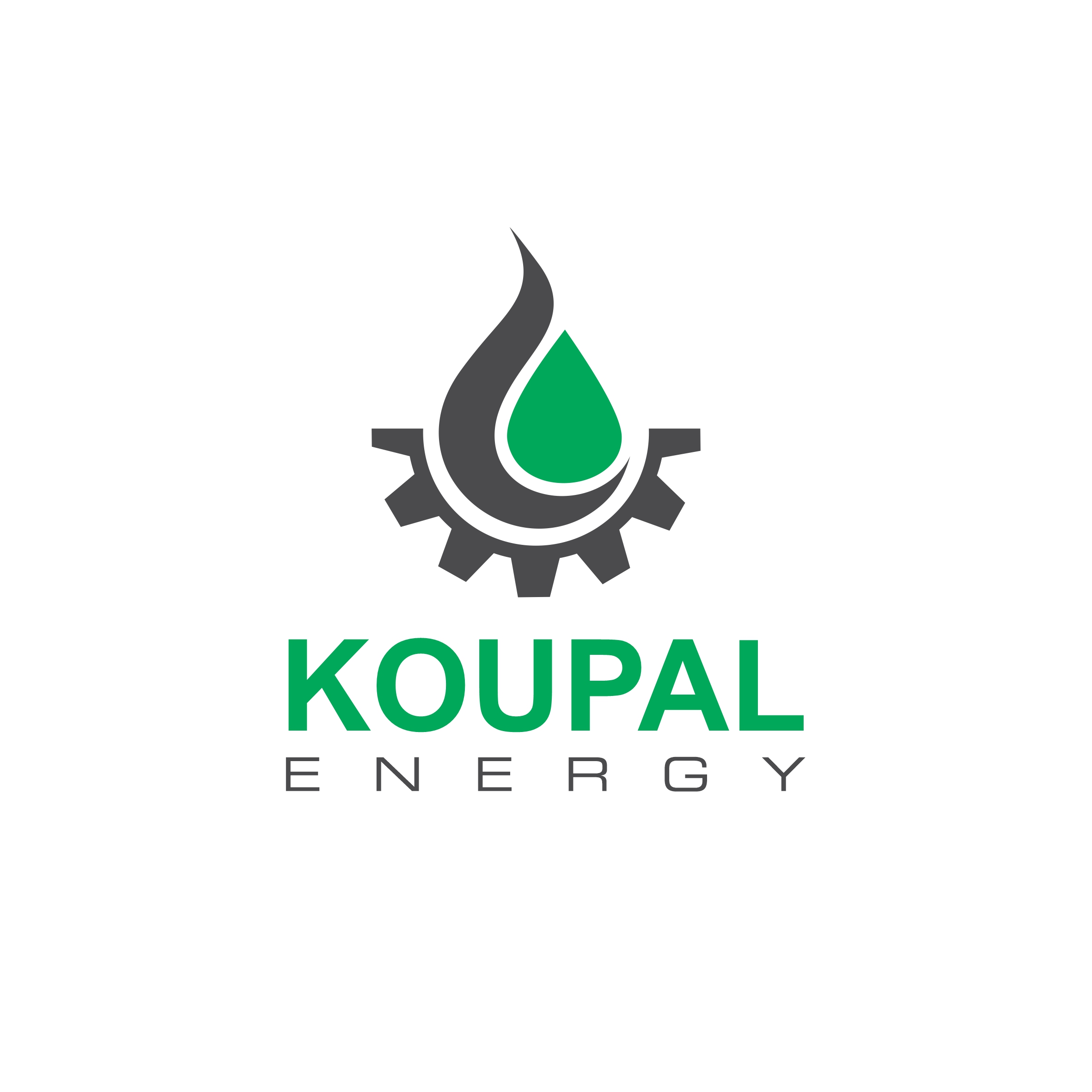Speaker
Description
Carbonated reservoirs is one of the most usable and common reservoirs in throughout the world, especially in the middle east, and it is challenging to predict the fractures in these reservoirs. Generative adversarial networks (GAN) and Autoencoders can generate or create different purposes based on needs using images among different types of artificial intelligence algorithms. Powerful and useful GAN algorithm can generate images similar to the input images, while Autoencoder algorithm encode images into vectors and decode various images. In this study, we want to reconstruct the input 64*64 pixel resolution images using 2D Autoencoder algorithm and generate images similar to the inputs via GAN algorithm. This resolution speeds up the fracture identification and reduces changes during the training set. We can produce and generate a huge amount of naturally rock fractured carbonated reservoirs images via utilizing a deep GAN which is valuable for increasing and having more images of 2D grayscale images for further analysis in industry and research, including predicting the properties of naturally fractured reservoirs. The loss function of deep GAN algorithm ranges from 0.4 to 1.9 for the generator and from 0.2 to 1.8 for the discriminator. Autoencoder algorithm train and test are converged with the loss function of 0.0015. The images are generated and reconstructed which are convenient to evaluate even by a visual inspection.
| Student presentation contest | Opt in |
|---|---|
| Student Poster Contest | Opt In |
| Journal Submission | Consider for Journal Submission |




